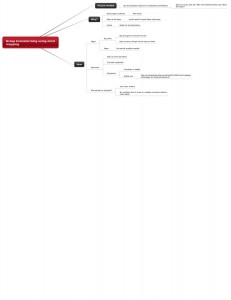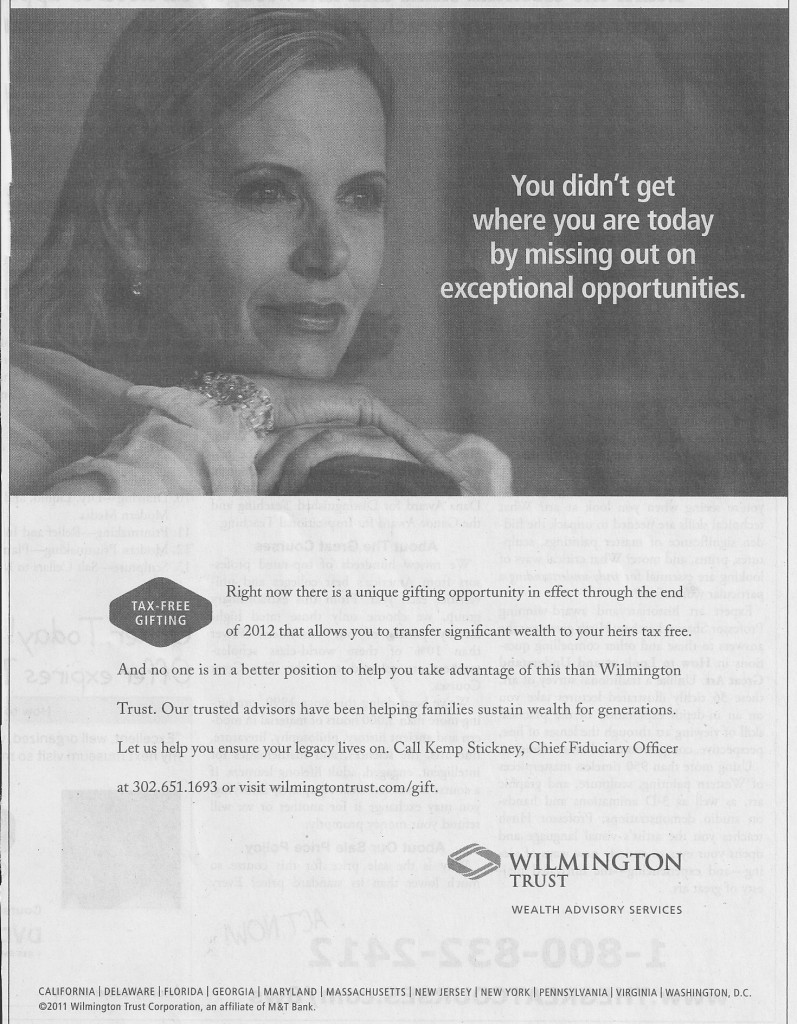Margaret Patterson, the co-host on my recent webinar, is a financial pitch book expert. She has created sales support tools and provided production management expertise to numerous institutional asset managers and consultants, mutual fund companies, and wealth management advisors for 25 years. She shares her expertise in the guest post below, which originally appeared on one of my earlier blogs.
Margaret is great about answering questions, so I hope you’ll pose some.
Creating Pitch Books Without Losing Your Mind:
Design & Content Management Tips
by Margaret Patterson
Typically many employees provide input for a firm’s pitch book. To pull all that information together you need a good plan.
1. Delegate pitch book content management to one employee. That person will be the key contact for every employee and consultant who influences the pitch book.
2. A small approval committee, 3 to 5 people, should determine what content works best.
3. Give considerable attention to investment process but whittle it down to no more than five steps. Don’t over-explain. Let your graphics be a starting point for conversation.
4. Emphasizing investment professionals’ expertise gets new business. Don’t leave out the support they get from marketing, client service, operations and reporting. Finding inefficiencies in markets, sticking to disciplined investment processes and impressive client service are the marks of well-structured firms regardless of their size. An impressive organization chart carries a lot of weight with prospects.
5. Request senior management approval only after you have a complete draft that can be defended with valor. You need a concise mission statement supported by brief, punchy text and elegant graphics. 20 to 25 pages are enough. After all, people are pitching to people. Be a good listener and let your spoken story address a prospect’s unique concerns.
6. It’s a good idea to customize books if you clearly understand your prospect’s investment objectives. Customized pages can be inserted into your standard book.
7. Handouts are also valuable tools in a high courtship pitching process. Use fact sheets, company profile handouts and composite performance PDFs to provide more detailed information. Handouts also help you control who gets the information and when. Conversely, prospects will resort to taking phone calls and planning golf games if your pitch book is too long and intense.
I create a PowerPoint design system guide for each client to help them maintain consistent, effective messaging.
Input and questions are welcome. Your thoughts may show up in future articles, so let me know if I can quote you.








